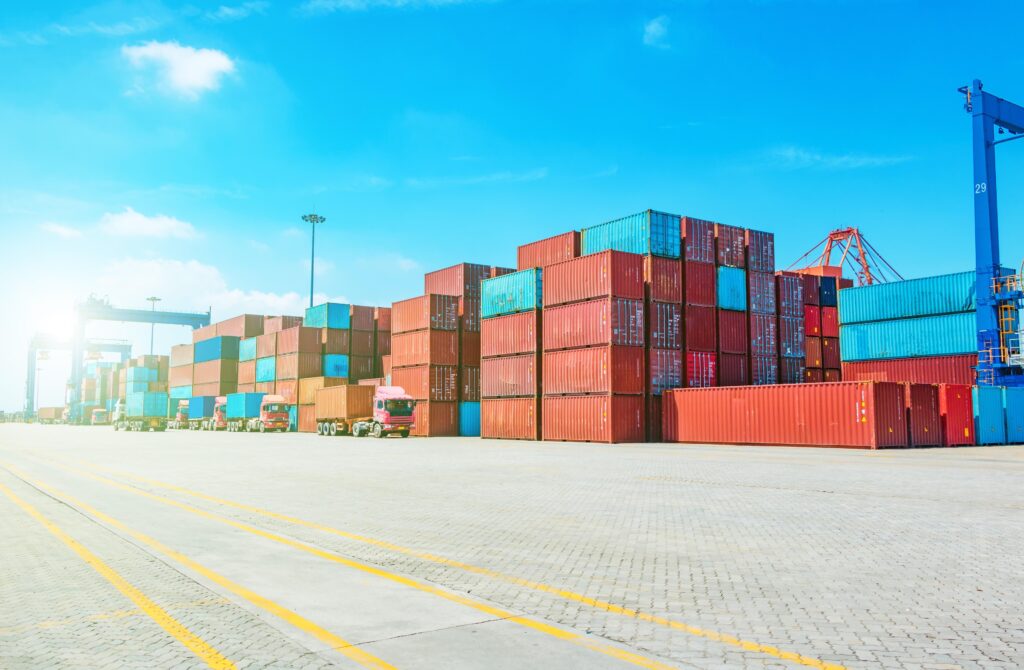If the United States of America is the provider of the largest trade surplus to India year after year, there is no reason for India to impose unreasonable tariffs on merchandise imported from its best trading partner. In fact, the import tariff should not be allowed to be a bone of contention between the two countries. On the contrary, India needs to severely downsize imports from China, which provides little access to Indian goods and investment to that country.
Available reports suggest that during the first half of the last year, the US gave India the largest trade surplus of $21 billion, followed by the Netherlands ($11.6 billion). In contrast, India’s trade deficit with China in the first 10 months of the current fiscal soared to $87.47 billion. Further, in April-October, last year, India’s exports to China dipped by 9.37 percent to barely $8 billion, according to the commerce ministry data. The question is: why must India import from China which is extremely reluctant to buy anything from India?
There is nothing that India imports from China which cannot be manufactured in India or procured from elsewhere in the world. The key objective behind China’s massive export orientation is to keep its labour employed. The export price is believed to be often manipulated to take on its competitors. Heavily import dependent India should take a cue from US President Donald Trump to strongly use the tariff mechanism to restrict imports from China and try to establish a trade balance between the two countries.
The massive trade imbalance with China, its main strategic adversary, is a cause of concern as it affects the country’s economic and national security. India’s import dependence on China has substantially damaged its resolve to make the country an industrial powerhouse. India primarily imports cell phones, heavy machinery, telecom equipment, toys, pharmaceutical ingredients, furniture, textiles, plastics, optical and medical apparatus, iron and steel, fertilizers, and vehicles from China. They all can be manufactured in India or imported from other countries, including the US.
India’s top 10 trading partners in the last financial year were China, the US, Russia, the United Arab Emirates, Saudi Arabia, Iraq, Indonesia, Switzerland, Singapore, and South Korea. Of them, only the US provided the trade surplus for India. A sudden and substantial import reduction from China may lead to temporary disruption of the Indian economy while the country opts for other import sources. This could lead to potential shortages in some sectors such as active pharmaceutical ingredients (API).
However, it is bound to incentivize domestic production despite a transition period of challenges. For instance, India’s API or basic drugs production has lately picked up. This is especially so since 2021 when the output was estimated at around $19.9 billion accounting for 25 percent of India’s requirement. The key players included AurobindoPharma, Lupin, Sun Pharma, and Cipla, which manufacture a wide range of APIs across different therapeutic areas. A complete import ban would push Indian companies to invest more in domestic production, aiming to replace Chinese imports with locally made goods.
As mentioned earlier, India had a trade deficit with nine out of its top 10 trading partners in the last financial year. The country’s total merchandise trade deficit was as large as $240.17 billion. The trade deficit with China increased by $85 billion compared to those in 2022-23. With Russia, it increased by $57.2 billion, with South Korea by $14.71 billion and Hong Kong by $12.2 billion compared to 2022-23 figures, respectively. Hong Kong is part of China and, together, they accounted for an increase in the trade deficit by $97.2 billion.
Effectively, such large trade deficits lead to balance of payments problems, more foreign exchange borrowing and fall of the exchange value of the domestic currency vis-à-vis US$. India’s total imports in 2024 were estimated to be US$682.15 billion, which represented a 6.91 percent increase over the previous year. This included both merchandise and services. Notably, India’s exports to the US have diversified over the years, while exports to China have stagnated mainly due the latter’s anti-import policy especially with regards to goods from India.
The US being India’s most favourable international trading partner, the country should seriously explore expanding its import basket from the US and lower its import tariffs on US goods. In 2023, India dropped retaliatory tariffs on a number of US products such as almonds, apples, chickpeas, lentils and walnuts. Yet, it is difficult to justify the 40 percent import levy on Harley-Davidson motorcycles from the US. High priced, up-end Harley-Davidson brand pose little threat to popular India-made national and international brands.
India itself is one of the world’s top motorcycle manufacturers and exporters. In volume terms, Hero MotoCorp is the world’s largest manufacturer of two-wheelers. Some popular motorcycle brands in India come from Hero MotoCorp, Bajaj Auto, Royal Enfield, TVS Motor, Yamaha Motors, Suzuki Motor, Honda Motor, and Mahindra Two Wheelers. It is ridiculous to penalise Harley-Davidson with such a high import tariff ostensibly to ‘protect’ India’s motorbike makers. The US currently has a trade-weighted average import tariff rate of two percent on industrial goods. One-half of all industrial goods imports enter the United States duty free. Customs duty rates in the US can range from zero percent to 37.5 percent, depending on the type of goods and the country of origin. The average duty rate is around 5.63 percent.
Now, all eyes are on the possible outcome of the proposed Indo-US trade and commerce negotiation in the coming autumn season – ranging from September 22 to December 21 – this year to give a shape to the resolution between the two countries to take the two-way commerce to $500 billion by 2030. The two sides are expected to negotiate the first tranche of a mutually beneficial, multi-sector bilateral trade agreement by fall of 2025.
Both the countries are enthusiastic about the upcoming negotiations to strike a lasting deal on trade and investment. Typically, trade agreements focus on reduction or elimination of customs duties on goods, simplifying regulations to facilitate services trade, and boosting investment flows. This move is expected to create new opportunities for industries in both countries while ensuring a smoother exchange of goods and services. During the first term of Donald Trump’s administration, India and the US had explored a mini-trade deal. However, the Biden administration opted against such agreements, prioritising broader trade policies. (IPA Service)


